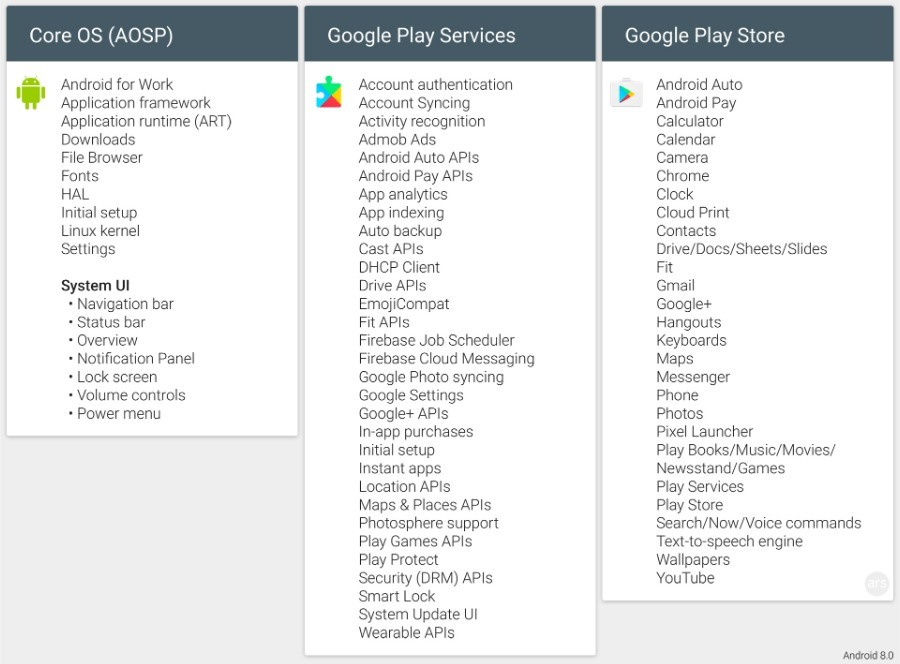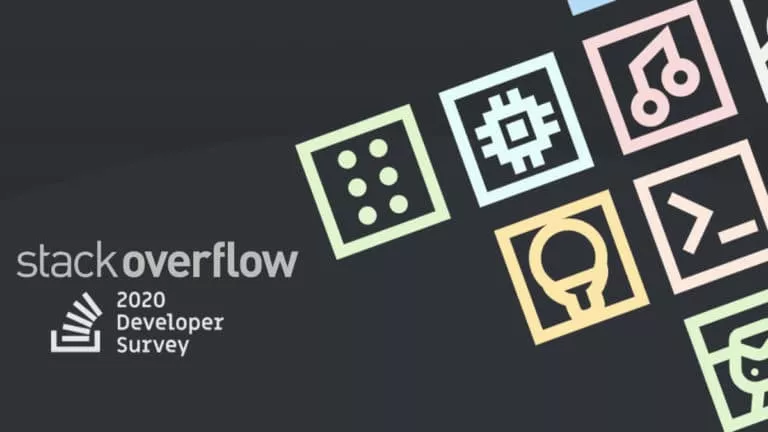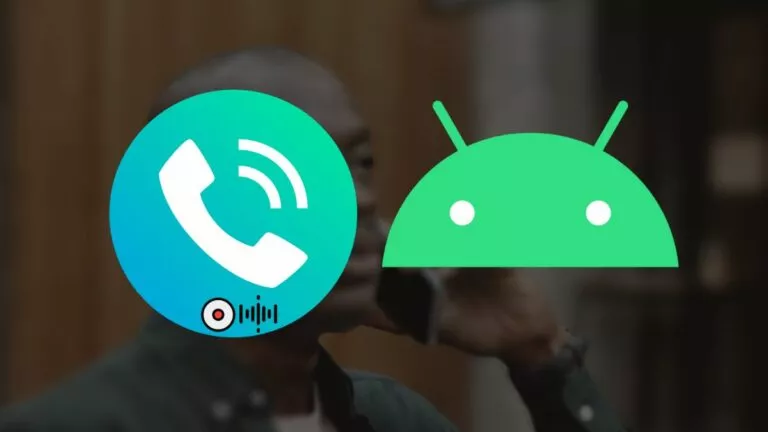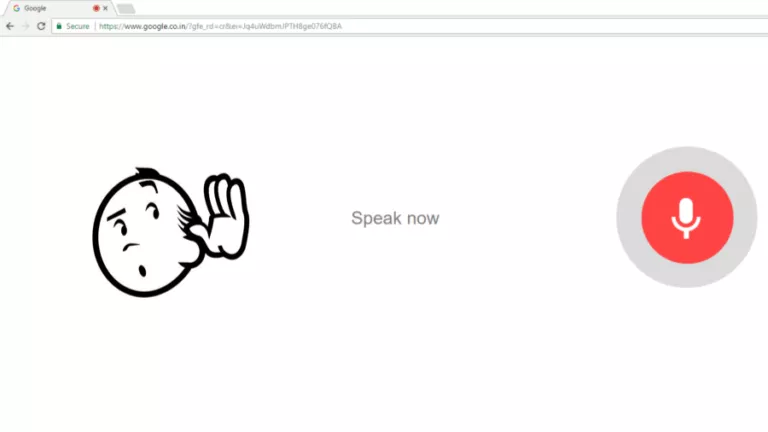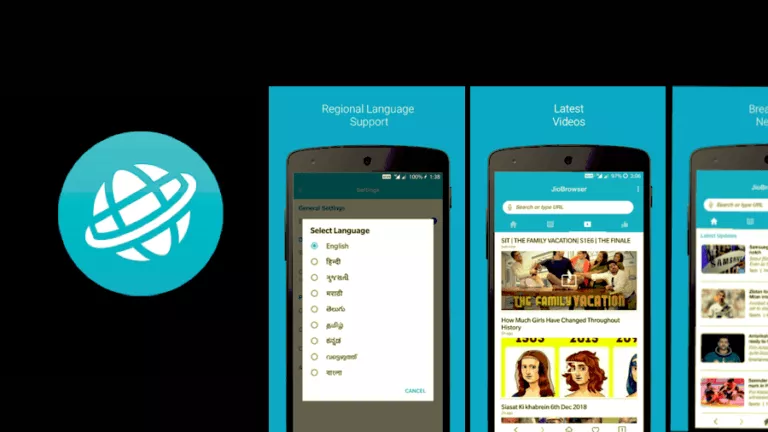How To Challenge Android’s Monopoly? Is It Even Possible?
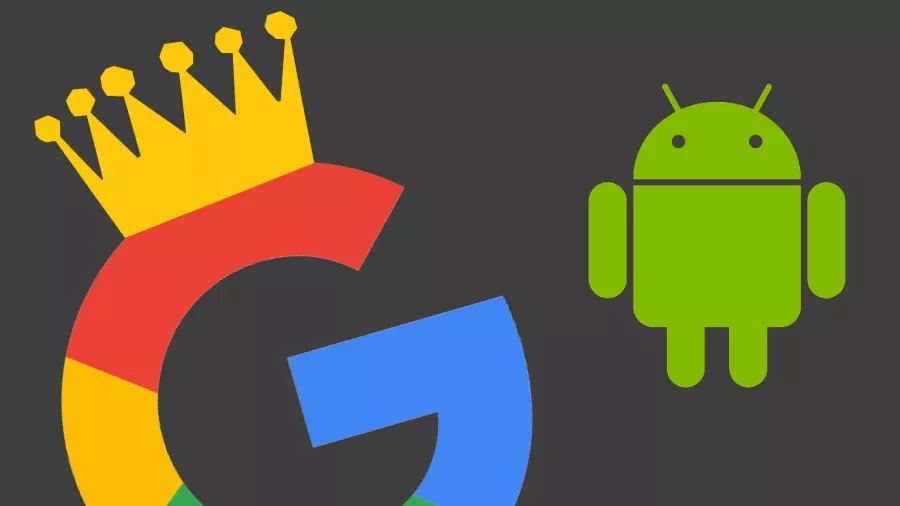
Are you using an Android smartphone right now? The answer may probably be ‘Yes.’ Around 75% of smartphones across the globe run Google’s Android in some form — either as Stock Android or with third-party launchers.
The remaining 25% share is mostly captured by Apple’s iOS, with leftovers taken by others including KaiOS and Windows. Android even has a neck to neck fight with Microsoft’s Windows OS which is available on PCs.
As time passes, the debate over Android (and Google’s) monopoly in the smartphone ecosystem is getting more real. More and more people have started to talk about it.
We see many government bodies across the globe running after Google, scrutinizing the company for abusing its dominance to feed more of its software to the digital population.
These include the European Union, which recently imposed a hefty fine on the search giant. There are also reports that the US Department of Justice is preparing an antitrust case against Google. A similar situation exists in India where the Competition Commission of India is working on a case against Android monopoly.
All of this does throw light on the fact that Google’s is probably the biggest fish in the sea of smartphones. Given all the products and services the company has, it gives them a great deal of control over the market and people’s lives.
It makes the company virtually capable of tracking almost every move of the user. Everything from booking cab rides, using social media, online shopping, contacting friends, people like to do it on their phones. And as already mentioned, most of the smartphones are heavily dependent on Google’s software.
Are there any positives of Android Monopoly?
As a consumer, there is one thing about which I have been thinking a lot (actually overthinking) lately. Many of us say it’s wrong to have a monopoly of a particular software or company. But, in some sense, having the same software on many devices has its list of pros as well.
For example, right now, when you need to change your smartphone, you don’t think about the fact whether it would support your apps or not. What will happen to your data?
Now, here I’m not saying that having a monopoly is a good thing. It puts power into the hands of a few which doesn’t sound good at all.
And talking about apps, you can find most of them on both Android and iOS. But behind iOS, there is Apple. Apparently, the company has more money than the US government and also it knows how to sell its products.
Imagine having 10 entirely different platforms on the market. If that happens, you might have to think twice before changing your phone. What if some of your favorite apps and features aren’t present on the other platform?
Still, in reality, we can only choose between the two.
Looking for Android alternatives
Google’s vision for Android is to present it as a unified platform across devices. It has created an Open Handset Alliance (OHA) with over 84 members. Companies who are a part of it can actively contribute to the development of the “open” Android.
But they’ll have to settle their dreams of having an Android fork of their own someday. If they want to do so, they’ll have to quit the alliance.
In an old blog post, Google argues that these incompatible versions of Android could degrade the overall experience of the end user. For example, a feature designed by Google may not work properly on a fork installation, which in turn could bar some apps from working properly.
There seems nothing wrong with the idea of having a unified software. But the fact is that OEMs have become very much dependent on Google, for it which could make them totally crippled if there is no Google.
Another point about which I was skeptical about is whether we should call the AOSP-based operating systems an alternative to Android. You can find many of them out there.
One such operating system is /e/ OS, which is maintained by Gael Duval’s E Foundation. The OS strips off possibly every Google code from the AOSP release that can serve as a tracking beacon for the search giant.
On top of that, it comes with its own launcher, cloud storage, and systems apps that you’ll need to live your life without using Google on your phone. As a replacement of the Google Play Services suite, the /e/ OS uses an open source software called MicroG.
But are AOSP-based operating systems really an alternative?
The answer is ‘No’ if you consider them at the fundamental level. Duval also didn’t consider it an alternative right away. But he says Google is restricting the use of apps on AOSP is one of the reasons for that.
“The worst part of this is that they [Google] try to restrict the use of Android apps for smartphones using Google services by artificial means, while technically you can run any Android app on an AOSP ROM,” Duval told me in an email.
“So we have to include some technical tricks to make this possible, and provide alternative store of Android apps.”
He also said that “in 2019 you cannot consider only the mobile Operating System. You need to think about the “whole ecosystem” including the operating system, applications, and online services. That makes complete sense.
He is building /e/ OS to “bring AOSP back into the game for real uses, not just for development or as a nerd OS.”
It’s already established right now that it’s next to impossible for some ‘built-from-scratch’ software to wipe out Android’s supremacy. First you need the software infrastructure, then the app ecosystem, and above all, the trust of the users which is the hardest thing to get right now. Overall, many attempts have been made and failed.
The harsh reality is that even if the base Android is open-source, Google doesn’t forget to put a ‘closed source’ label on every aspect of Android that’s good. This includes all the Google-made apps like YouTube, Gmail, Maps, Google Play services and so on.
Most of these apps don’t form a part of the Android Open Source Project, thus, leaving very little for a developer who wants to fork Android.
In fact, I read a detailed piece on Ars Technica, and came to know that Google has many legal weapons in its arsenal which make it virtually impossible for some company to create an Android fork (with Google Apps), pre-load it on devices, and sell to the people without Google’s approval.
One might plan to build an Android alternative without Google Apps. But the apps that we run on Android rely on the Google Play Services API for much of their functionality.
To get the Google apps on your Android fork, you (company) need to have a license from Google. And it’s believed that getting the license is a lot easier if you become a part of the Open Handset Alliance (OHA). But companies that are part of the OHA are legally restricted from building non-Google approved devices.
Where are the apps?
One of the biggest downsides that other operating systems face is the lack of apps. “It’s exactly the same story as Linux on the desktop. I know this story too well,” Duval said. He considers Linux a fundamentally far better OS than Windows and MacOS.
That’s the bitter truth. There are around 100 different Linux distros across the globe. Still, if you look at the market share numbers, Linux hasn’t even crossed the 5% mark.
Here, you might remember the story. Microsoft, despite being such a big company, failed to attract developers to make apps for its Windows Phone OS. This unfortunate situation didn’t just harm their smartphone business. We later saw how Microsoft had to slowly fall back on its one Windows dream and Universal Windows Platform.
When manufacturers try to create their own versions of popular Google apps, these are called “bloatware” by many people. Because, irrespective of whether they’re good or bad, they create redundancy on a user’s device who is more likely to prefer Google.
But again if we talk about AOSP-based alternatives, you can somehow have the app compatibility. However, due to legal barriers, your OS might not have access to the Google Play Store and you’ll have to license the Google Apps. I don’t think someone can easily find an alternative for services like YouTube.
You might end up creating your own app store and everything. Still, the AOSP code itself is shipped by Google. It’s just that it’s open-source. Hypothetically speaking, there is another question. Can Google pull the software any day and make it proprietary?
Here, I am just trying to make the point that these operating systems are still dependent on Google because they need to support Android apps.
So I guess the real question is whether you want an Android alternative or a Google alternative.
What can be done?
Anyway, the possible Android alternatives for smartphones include Plasma Mobile, Librem and postmarketOS. The best possible thing is, according to Duval, different projects can work together and end up with a common app platform.
As many people would agree, PWAs (Progressive Web Apps) could become the next big wave and provide a platform independent solution to all the devices.
“Probably, we have a common opportunity to bring in PWAs as a new standard for mobile applications. It’s the only way to free us from Android apps in the long run,” Duval said.
“And we can start the transition now, even if it will probably take 10 years.”
Ultimately, even if you manage to create the ecosystem. The final thing boils down to bringing the level of credibility and reliance that could match to that of Google. The company is very big and it has all the infrastructure and gigantic data centers to “secure” the data of all its users. For services like Maps, you can find an alternative. But that won’t be as cheap as Google.
Unfortunately, that’s where most of the alternatives are forced to bend the knee.
Also Read: New iOS 13 Features Apple Borrowed From Android And Google


